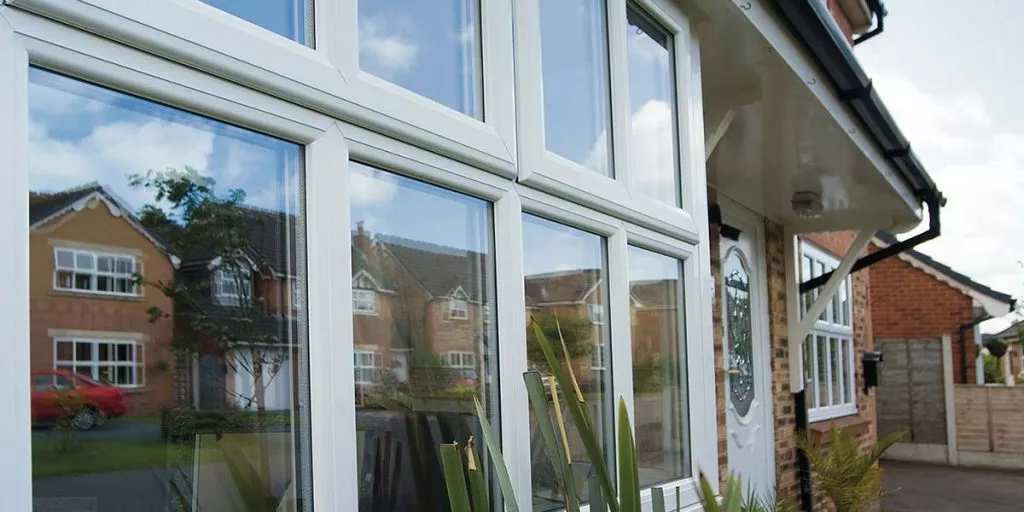See all our products in one stylish setting at our Aberdeen showroom, where you can pick the brains of our sales consultants and chat over your options in a relaxed fashion.
Why Are My Energy Efficient Windows Covered In Condensation?
Before we go into why this common process occurs on even the most energy efficient windows, it’s helpful if you have some understanding of condensation first.

Condensation is officially defined as the physical progression by which a gas or vapour transitions into a liquid.
It ensues when the temperature of an object tumbles below the atmospheric temperature or so-called ‘Dew Point’, which in the case of glass, causes the water vapour in the air to condense and manifest as water droplets on its surface. The level of water in the atmosphere and air temperature (relative humidity) together determines the ‘Dew Point’.
When it’s humid, condensation will transpire at high temperatures. But when it’s cold, condensation happens even if humidity levels are low. The differing temperature between the outside and inside, and the glass, is the primary cause of condensation on windows.
Trust us when we say that condensation is nothing to be alarmed about!
Prior to the window advancements made in recent years, condensation would only usually occur on the inside of a window, but when exposed to certain atmospheric conditions, condensation can form on the external side of a thermally efficient window.
The biggest point to stress is that condensation doesn’t happen because a window is in some way faulty. It’s all to do with the contrasting temperatures of the outdoor air and external glass pane. When they come into contact with each other it results in external condensation. This may though have you scratching your head if the windows next door don’t suffer from the same condensation. But this just means that your neighbour’s windows don’t offer the same standard of thermal efficiency as yours.
Several other factors (environmental and geographical) can spark the occurrence of condensation, so it is difficult to anticipate its arrival. We can say confidently that external condensation most often occurs between March and October when the Dew Point is at its highest level and there are significant fluctuations in temperature either side of sunrise or whenever warmer air currents replace cool fronts.
You will find that the condensation quickly evaporates whenever the window/s is exposed to sunlight or breezy conditions.
Because condensation is a topic that we’re often quizzed about at Bon Accord Glass, we have written a guide on the subject which should tell you all you need to know. A copy of it can be downloaded here.
Want to speak with an Advisor? Give us a call on 01224 588944
Our friendly team will be pleased to help with any questions you may have.